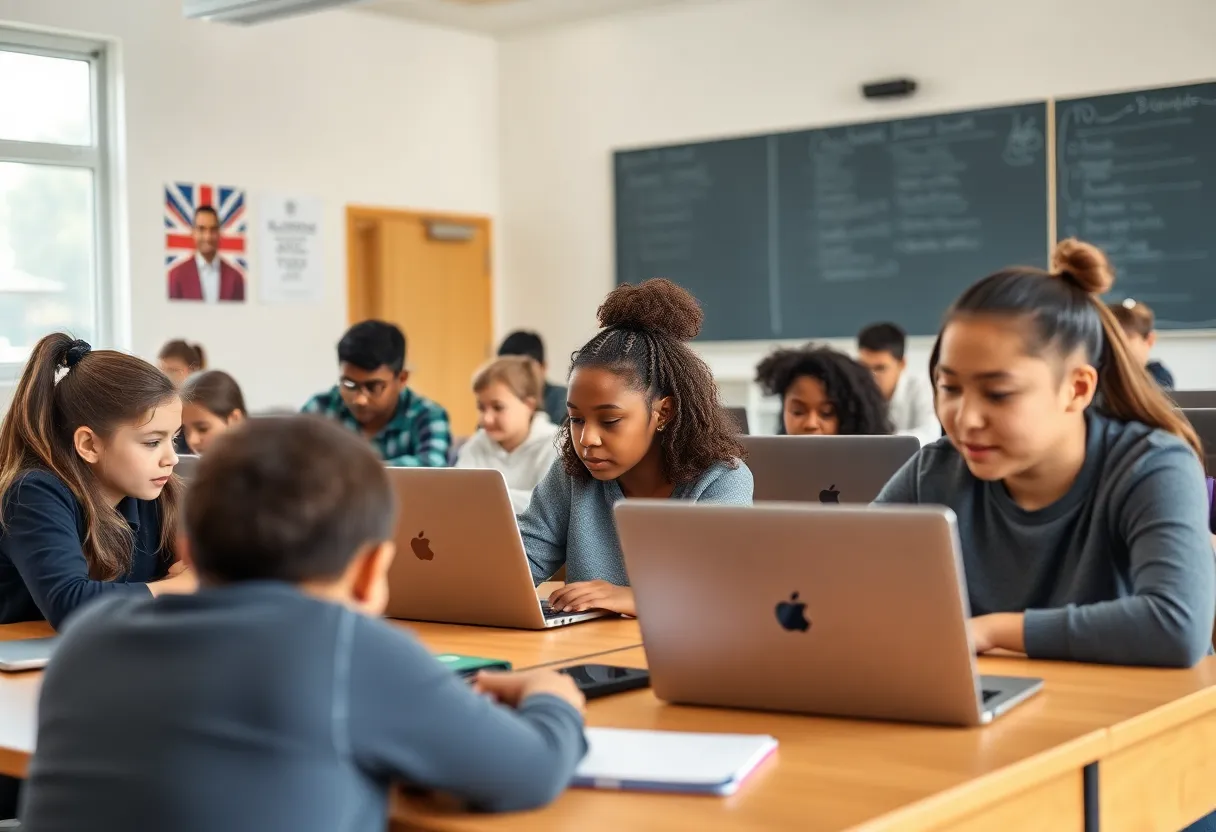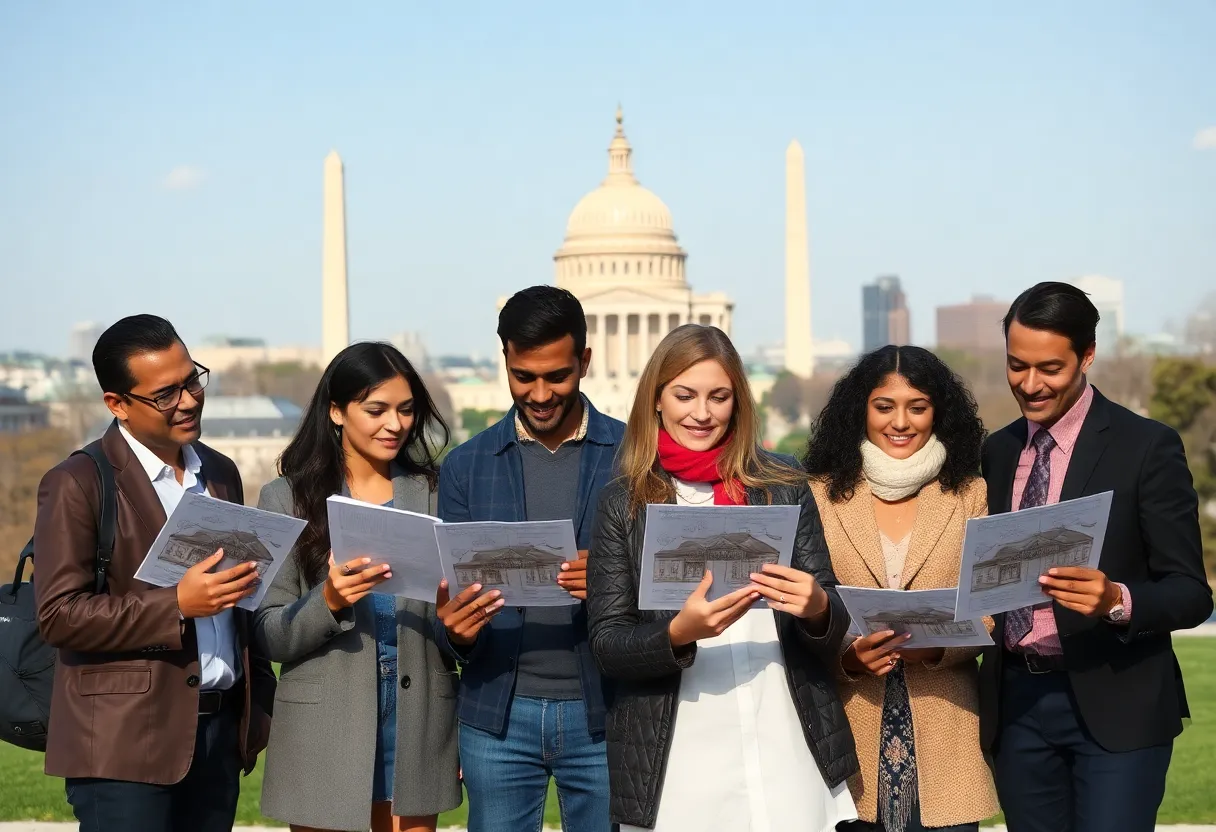News Summary
Recent research sheds light on the decisions surrounding school closures during the COVID-19 pandemic, highlighting their role in reducing virus transmission. While critics argue that these closures led to significant learning losses, data reveals public health benefits and the complexities involved, particularly for vulnerable populations. Parents showed mixed feelings, with many satisfying remote learning experiences despite concerns over health safety. Ongoing discussions between teachers’ unions and school districts emphasize the balance of safety and educational needs, posing challenges for schools as they navigate pandemic recovery.
City: Los Angeles
Amid ongoing debates over the effectiveness and necessity of school closures during the COVID-19 pandemic, evidence increasingly supports the decision-making processes of teachers’ unions and public health authorities. While critics argue that closures caused significant learning losses and mental health challenges, recent research indicates that these measures played a critical role in reducing virus transmission and severe illness within communities.
Impact of COVID-19 School Closures
Schools worldwide faced closures as part of broader efforts to curb COVID-19 spread. Critics of this approach claim that children’s risk of serious harm was minimal and that closures were unnecessary. Some commentators characterized this decision as akin to “steering a car off the road with children still inside,” emphasizing the perceived harm to students’ education and wellbeing. Nonetheless, data show substantial public health benefits associated with school closures during the peak of the pandemic.
Research Supporting Public Health Benefits
Significant studies have examined the role of school closures in controlling COVID-19. One large cohort study involving more than 165,000 American households revealed that approximately 70.4% of household COVID-19 transmissions originated from pediatric cases. This suggests that children played a notable role in virus spread within homes, supporting the rationale for cautious measures such as temporary closures.
Further international research, published in a comprehensive analysis encompassing 74 countries, demonstrated that school closures contributed to a substantial decrease in hospital occupancy rates during peak infection periods. In 72 of these nations, closures correlated with reduced hospitalizations, morbidity, and overall COVID-19 mortality.
Additionally, a study by the British Medical Association found that closing schools was associated with decreased community transmission, fewer COVID-19 cases, and lower death rates. These findings bolster the argument that school closures were an effective public health strategy during the pandemic’s early phases.
Effects on Vulnerable Populations
While acknowledging the public health benefits, some researchers highlighted the disproportionate impact of closures on vulnerable groups. Low-income families, often living in crowded housing conditions, faced heightened risks of COVID-19 exposure. Data show that, despite children frequently being asymptomatic carriers, their role in transmission posed significant concerns for health disparities. A study examining orphanhood and caregiver deaths during COVID-19 revealed that over 140,000 American children experienced losing a parent or grandparent to the virus, with minority children suffering at higher rates. These social consequences underscore the complex trade-offs involved in pandemic mitigation strategies.
Parental Perspectives and Educational Outcomes
Surveys of parents offer varied insights. In two nationally representative polls, roughly two-thirds to three-fourths of parents believed their children received adequate education during school closures. However, a survey conducted in March 2021 indicated that only 15% of parents favored an immediate return to in-person schooling, reflecting concerns over health safety amid ongoing pandemic risks. Despite reports of learning losses, many educators and families accepted closures as a necessary response during the public health crisis.
Counterarguments and Criticisms
Critics have accused teachers’ unions of resisting reopening efforts and using their influence to keep students at home indefinitely, thereby exacerbating educational disparities. Some claim unions prioritized union demands over students’ academic and social needs. These assertions are countered by evidence showing widespread parental satisfaction with remote learning options and the unions’ focus on safety and equity considerations.
It is also argued that closures prevented chaos related to enforcement of attendance requirements and possible resistance from parents to send children back to classrooms prematurely. Teachers’ unions, including those in Los Angeles, expressed that their actions were taken in good faith, guided by available scientific evidence and the goal of protecting students and their families.
Union Activities and Broader Social Justice Agenda
Beyond health-related issues, teachers’ unions engaged in negotiations emphasizing broader social justice initiatives. These include demands for improved wages, reduced class sizes, and additional resources for underserved communities. During contract negotiations, unions also promoted topics such as diversity, equity, and inclusion efforts aimed at supporting marginalized students.
Current Challenges Faced by Schools
Amid ongoing pandemic recovery, many districts face financial difficulties, leading to layoffs attributed to declining student enrollment and the exhaustion of federal COVID relief funds. These economic pressures highlight the ongoing challenges in balancing public health, educational quality, and fiscal stability.
Conclusion
Overall, emerging evidence supports the position that school closures during the COVID-19 pandemic contributed significantly to reducing virus transmission and protecting public health. While acknowledging educational disruptions and disparities, the data affirm that such measures played a crucial role in managing the health crisis, and controversy surrounding their implementation continues to evolve as more research becomes available.
Deeper Dive: News & Info About This Topic
HERE Resources
Additional Resources
- The Hill: Teachers’ unions and COVID-19 school closures
- LA Times: L.A. teachers union pursues salary hike and progressive goals
- Capital & Main: Teachers across California organizing across districts
- Google Search: Teachers unions COVID-19 school closures
- Newsweek: Thousands of teachers in California union raise alarm
- Google Scholar: Teachers unions COVID-19 impact
Author: STAFF HERE WASHINGTON DC
The WASHINGTON DC STAFF WRITER represents the experienced team at HEREWashingtonDC.com, your go-to source for actionable local news and information in Washington, DC, and beyond. Specializing in "news you can use," we cover essential topics like product reviews for personal and business needs, local business directories, politics, real estate trends, neighborhood insights, and regional news affecting the area—with deep expertise drawn from years of dedicated reporting and strong community input, including local press releases and business updates. We deliver top reporting on high-value events such as the National Cherry Blossom Festival, Kennedy Center Honors, and the Washington Auto Show. Our coverage extends to key organizations like the Greater Washington Board of Trade and Destination DC, plus leading businesses in government contracting and technology that power the local economy such as Lockheed Martin and Amazon. As part of the broader HERE network, we provide comprehensive, credible insights into the dynamic landscape of the Washington metropolitan area.





